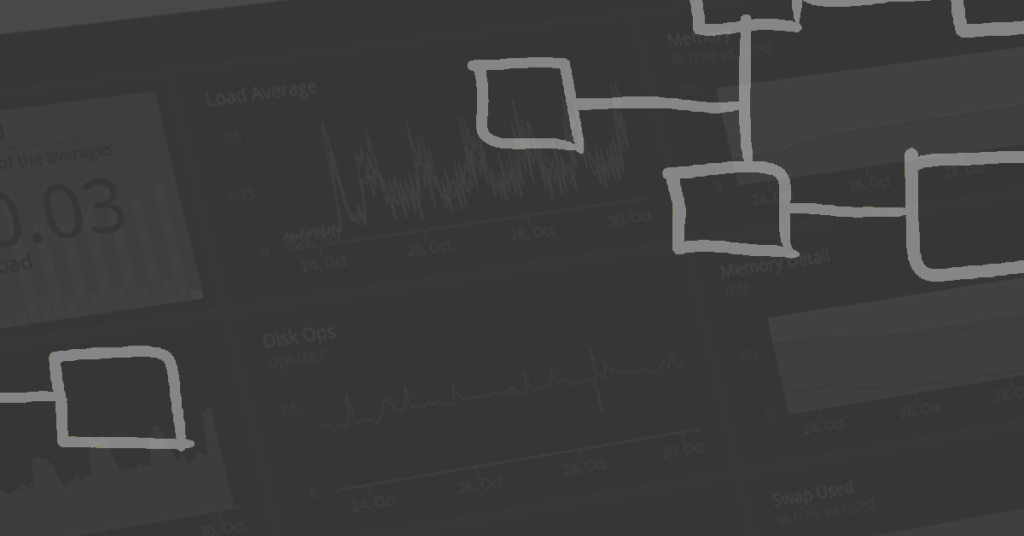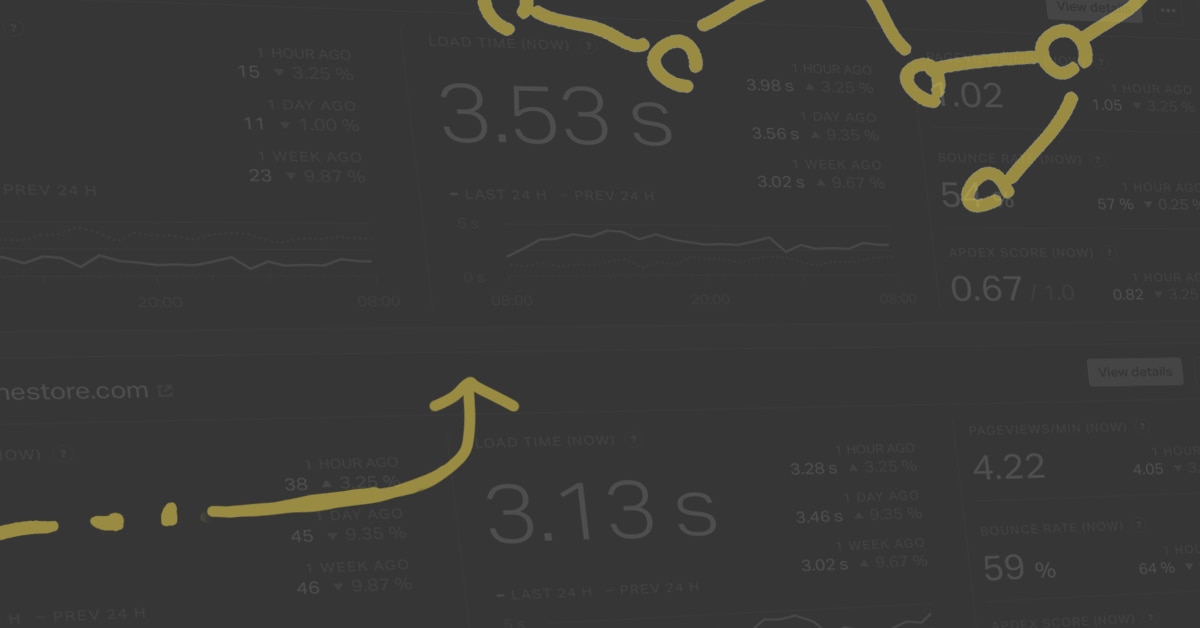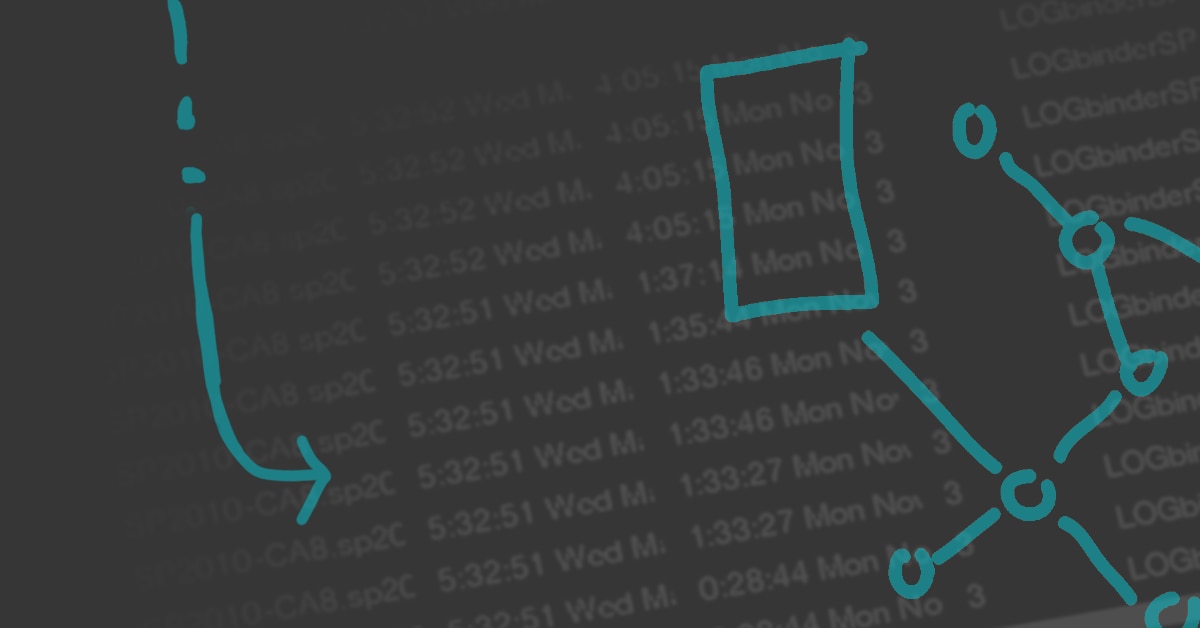DevOps has grown from being seen as simply a supporting function to becoming an extremely value core part of the business which drives growth. As a result of this noticeably increased value, DevOps teams now face higher expectations and more pressure to deliver rapid, incremental innovation to ensure their organization’s service offerings remain competitive.
Introducing an inside out view into cloud environments—monitoring from the user’s experience—to metrics, distributed tracing, and log events will help DevOps ensure deep visibility into highly scalable environments.
If the DevOps teams’ efforts are delayed, deploying application updates that include new or improved features are also delayed. This, in turn, could negatively impact the scalability or elasticity of the environment and its users.
Overcoming DevOps challenges
Despite this new attention, DevOps must drive cultural changes by consistently proving that new approaches can help solve problems more quickly. Over time, the goal is for DevOps principles to become inherent behaviors within the entire business.
As DevOps teams build a strategy to transform through continuous delivery, they also have to convince the organization to embrace failing by limiting the negative effects of failures.
Maintaining visibility is challenging in the face of a growing demand, sprawling infrastructure, and other forms of application evolution. As engineers shifted from building monolithic applications to building microservices, the result sometimes ended in managing hundreds of services in containers.
To support such high velocity, key lightweight foundational practices—using the right
cloud-based monitoring tools—should be defined and built in the DevOps strategy. Without them, it’s like building software without understanding the problems you are trying to solve. You end up in a chaotic state that’s not predictable or measurable. Without automation and monitoring, you end up shifting from one fire to the next, with no end in sight.
Shifting the mindset from Ops to DevOps is intended to end that chaos. Instead of constantly putting out fires, having monitoring and automation in place, DevOps teams have more time to focus on using technology to enable better SLOs, SLAs, and improved application performance. They have the bandwidth to engage in strategic architectural discussions and help ensure teams are building software that is more scalable, resilient, and maintainable.
Building in best practices
Many teams start with using automation to demonstrate product quality and to enable rapid and consistent delivery of updates to customers. They use analytical data and focus their efforts on stress testing the use cases most heavily utilized by their customers.
This level of focus enables rapid progress with the greatest ROI as it should result in being able to insulate customers from interruptions in their applications, albeit infrastructure, application performance or code related, more quickly.
The right tools to support best practices enable this effort by providing deep visibility into applications that are written using different languages, multiples infrastructures, and disparate hybrid environments which all communicate with one another.
Adding end user monitoring
The DevOps team already relies on deep observability through metrics, tracing, and logs to provide a proper lens for real-time visibility into infrastructure. End user monitoring is the critical missing piece in this effort. Applications are for people to use, so
DevOps-centric monitoring should also be user-centric.
While applications can appear to be working just fine, in reality, some calls to APIs or databases aren’t optimized and loading of assets within applications is simply slower than it should be. Without end user experience monitoring, the path to making the application more satisfying and responsive can be extremely difficult and relies on a ‘feeling’ rather than comprehensive data.
In today’s digital world, delays are unacceptable. You need to quickly detect issues, be alerted on them, and then rapidly understand exactly what issues users are experiencing in order to fix them.
Before DevOps emerged, when there was an issue with a deployment, Ops teams would roll back the code and call it the developers’ problem. Now, in a DevOps culture with a common goal of improvement, if code is loaded and it breaks, it's all hands on deck and new code is deployed (not rolled back).
Living up to expectations
For DevOps, it's not just about
infrastructure performance monitoring anymore; it’s about making sure people love what they're using. To live up to the business’ higher expectations brought on by elevated user expectations, DevOps teams should be bold but also insulate the business from negative changes while getting improvements into the hands of the world.
Through observability, DevOps teams help create an empowered, communicative, and fully transparent organization which focuses on building software people love. Ultimately, this evolution leads to competitive advantage.








